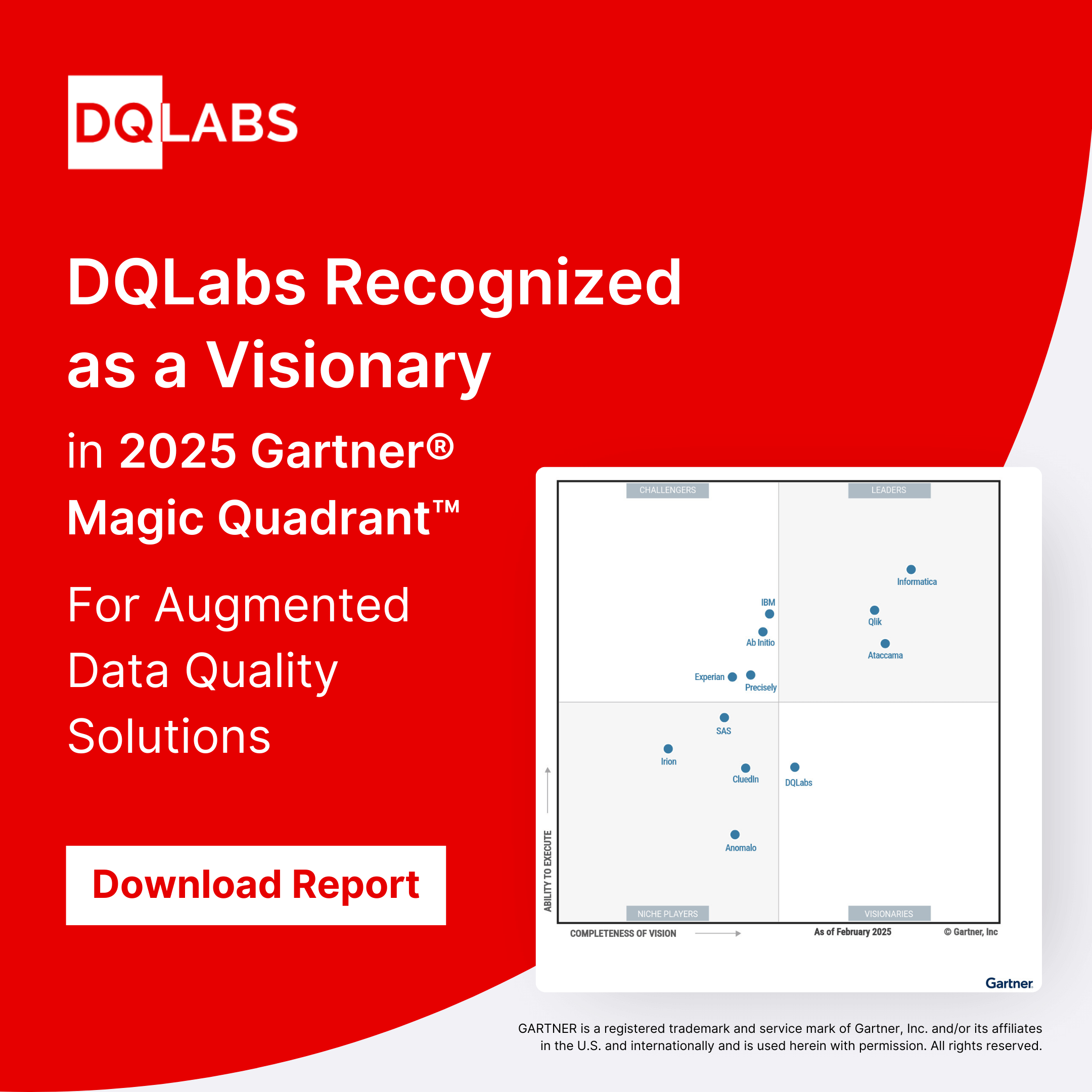Impacts of poor data quality
Summarize and analyze this article with
Poor data quality is consequential now more than ever as more and more businesses can access data and manipulate it to their advantage. Users also have a longer list of options to choose from in case one house fails them.
As an organization, you may not be able to avoid bad data altogether, but you can keep its effects at bay or at least cut back on its detriment. The best way to go about this is by halting the unreliable data in its tracks before it gets into the back-end systems. This is called prevention, and it may mean having a team of IT professionals or the most sophisticated IT systems to assess data in its raw state before systems can base actions on it. Correction should come only when bad data isn’t detected at the point of entry. If you are quick about it, you can cleanse your systems without incurring any extensive losses, but still, it will be costlier doing it than preventing data flaws from finding their way into your systems in the first place.
It is believed that cleansing and duplicating records at the latter stages of the data management process can be ten times costlier than preventing it. Failing to do anything about the poor quality data in your systems, on the other hand, can set you back as much as 100 times the cost of preventing it at the point of entry.
While prevention is no doubt better than cure, monitoring the data in your web, internal, and cloud storage systems in real-time is no child’s play. There is too much work to do, and it is possible that humans will get tired of the monotony that comes with it. That is why you need your data integrated and scrutinized using proper AI and machine learning tools. Integration makes data easier to monitor, and with the help of whistle-blowers, you can be alerted about potential flaws in your data even without conducting manual checks.
Explore the benefits of maintaining good data quality.
A Modern Data Quality platform, such as DQLabs, would help you detect and address poor data quality issues without the need for much human effort. The tool can be calibrated to scan all of your business’s data sources and datasets at different stages of their movement through your systems. Since it is AI-based, it will discover patterns and, if possible, tune itself to curb data quality issues of the type it has come across before.

